Lions and Dinos and Science. Oh, My! (Part 3 - Feathered Dinosaurs)
Feathered dinosaurs are not a new concept, there has been speculation on the topic for decades. Starting in the late 1970s, there was a renewed push by individuals such as Bakker and Gregory Paul, to expand the depiction of feathers past limited species such as archaeopteryx into a large number of non-avian dinosaurs. Thanks to newer finds and better technology, feathered depictions eventually have expanded to the point that Paul and other such advocates of feathered non-avian dinosaurs were shown to be much too conservative in their application of feathers. (Naish)
The science behind the field of paleontology has changed rapidly and with it, our models of dinosaurs have been altered in leaps and bounds. In the words of Dr. Brian Choo, “Today the sheer volume of fossil data is staggering, as are the range of tools and disciplines being employed by researchers. We glean molecular data from soft tissue, delve into bone cavities with CT scans and build virtual models to test ranges of motion.”
The discovery of dinosaurs and subsequent research involved in determining their place in the history of life, helped reveal deep flaws in the dominant theories of the era regarding the history and origins of life on Earth. The reimagining of the natural history of our planet that followed was a part of a much larger scientific and cultural shift in the understanding of geology and evolution that would ultimately supplant the concept of divine creation in science.
The discovery and increased understanding of dinosaurs mirrors the growth of knowledge throughout any field that embraces the scientific method. First, the fossils of dinosaurs were compared to the closest analogue that could be found and a reconstruction was completed based upon the best available information at the time. Slowly, more fossils were found and a more correct picture emerged, however, due to the continued lack of information, the new image of dinosaurs was still extremely inaccurate. It would take over a century before enough evidence had been gathered and two archaeologists would put the pieces together to form the foundation of our modern understanding of dinosaurs.
Science is a method, not a body of facts. Slowly over time, our knowledge of dinosaurs accumulated and resulted in increasingly fine-tuned depictions that would eventually result in our modern understanding of them. This is a never ending process that continues to shape our view of even the earliest discovered species of dinosaurs. In early June of 2017, the jawbone of Megalosaurus, the first scientifically described fossil, was scanned and found to contain previously undiscovered teeth (Warick article). Even to this day we’re continuing to learn new facts about these creatures!
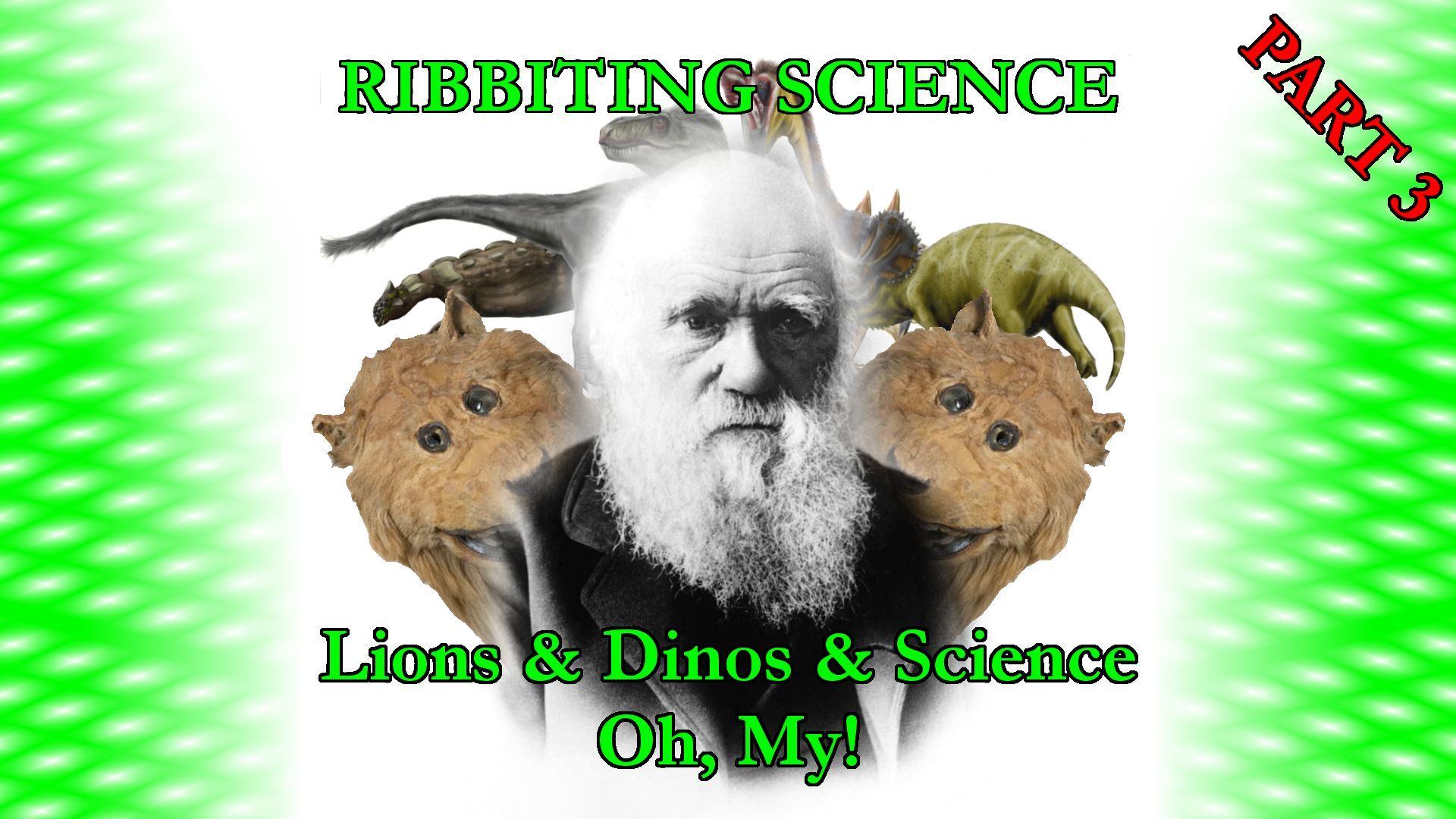.png)
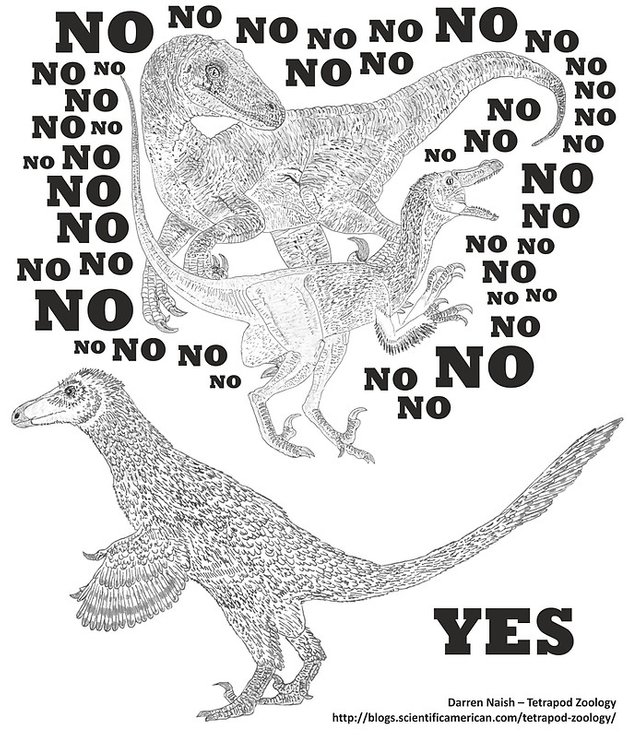
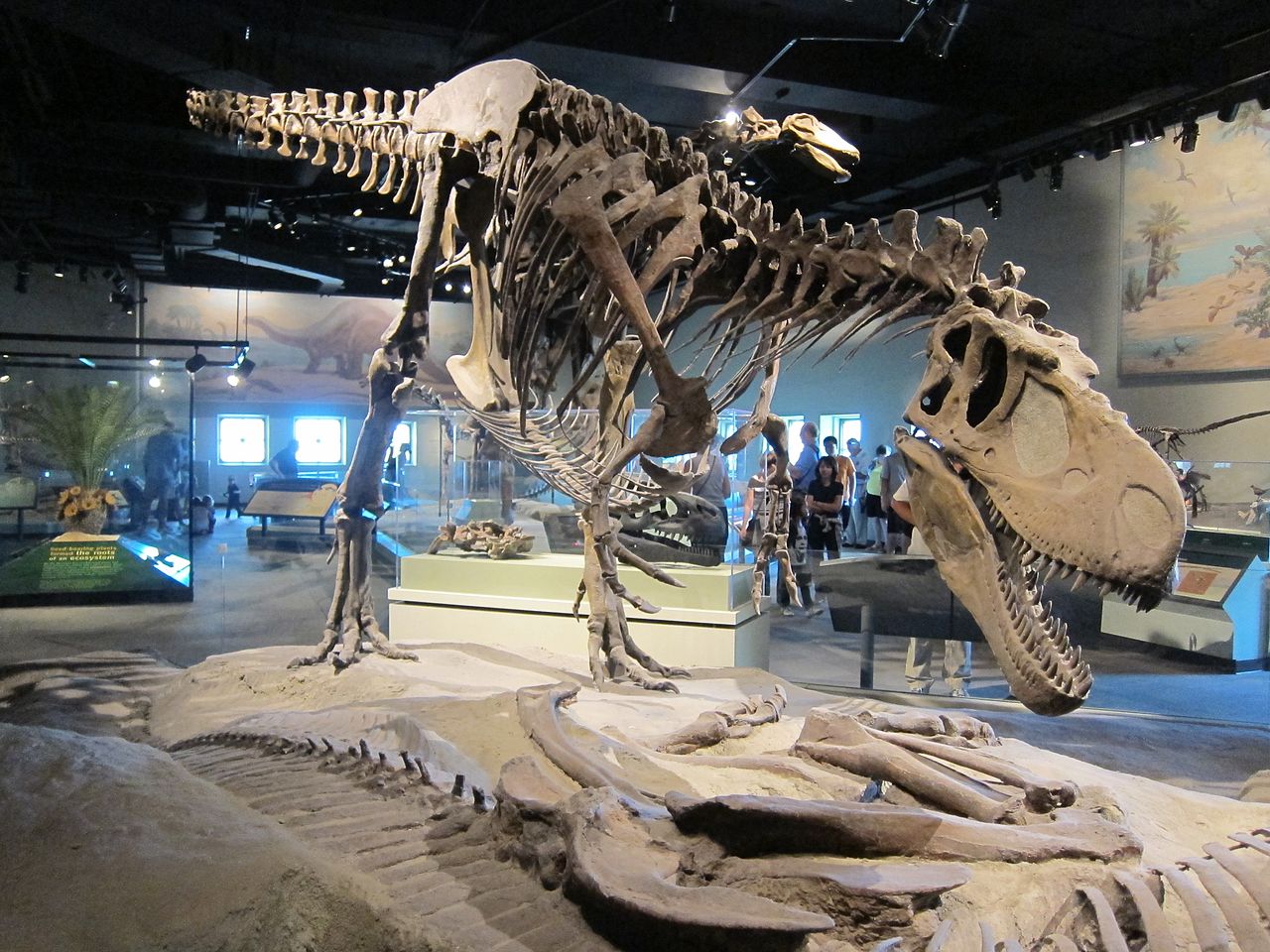.jpg)
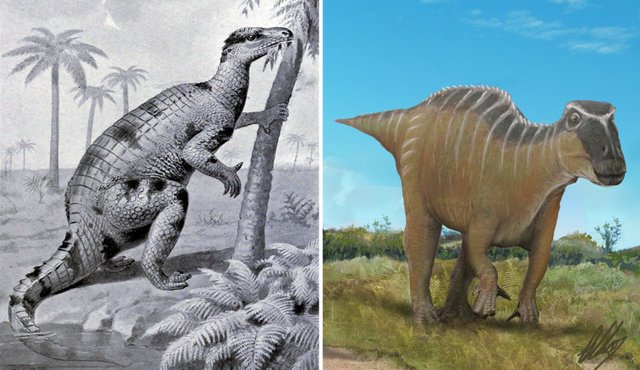
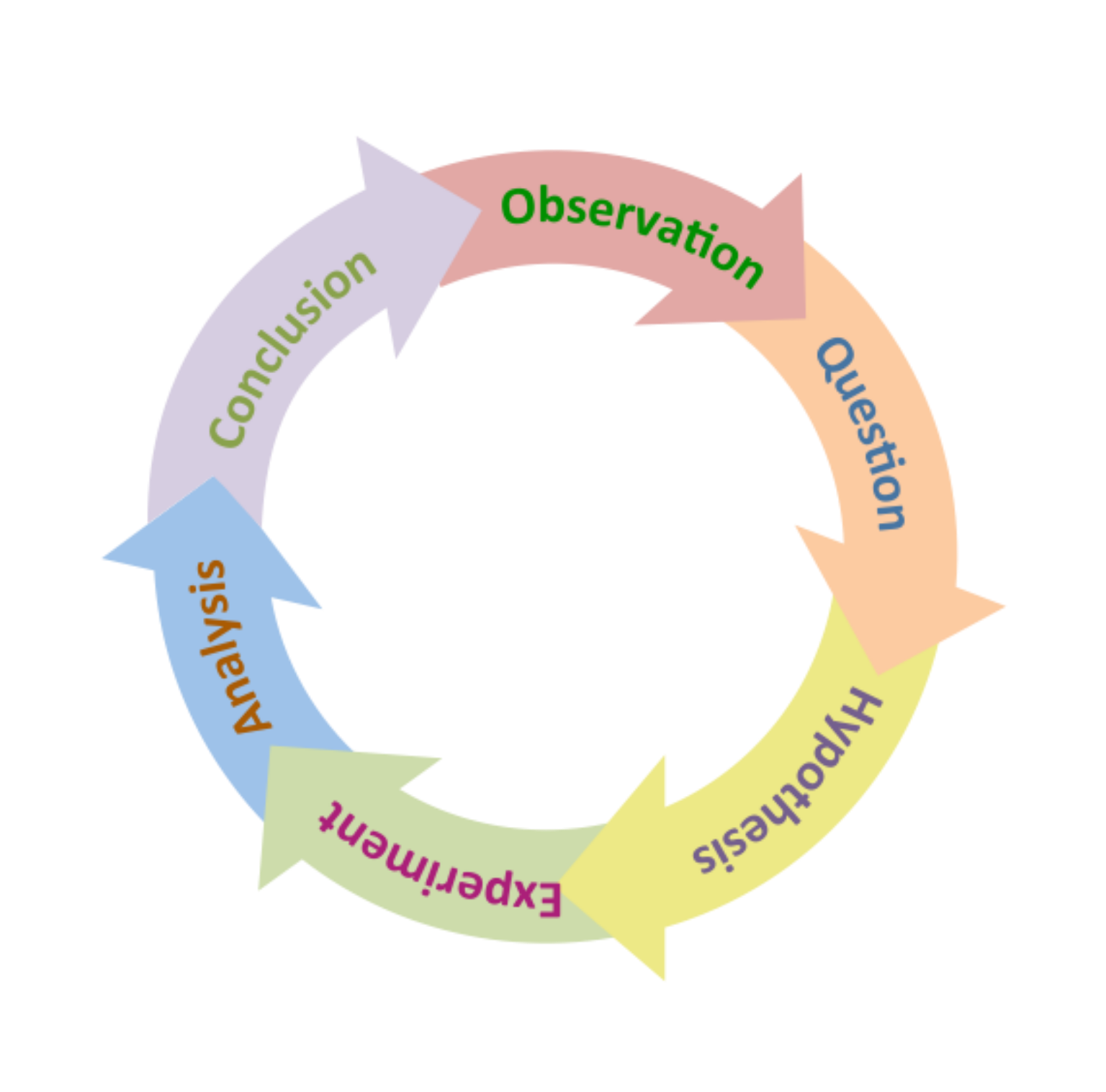
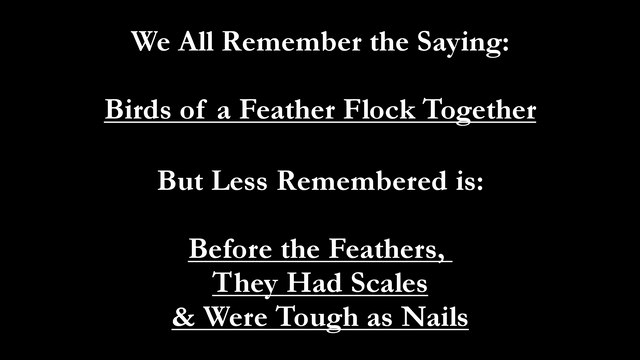
Great work! We sometimes forget that birds are literally dinosaur descendants. I'm glad I saw you on @terrylovejoy's post as I am quite enjoying your articles. Keep it up!
Thank you for your kind words, my friend. I'm already working on my next and have the first two sections mostly complete, hope to have the rest ready for release soon.
For Ease of Navigation:
Part 1: https://steemit.com/science/@ribbitingscience/lions-and-dinos-and-science-oh-my-part-1
Part 2: https://steemit.com/science/@ribbitingscience/lions-and-dinos-and-science-oh-my-part-2-dinosaurs
Part 3: https://steemit.com/science/@ribbitingscience/lions-and-dinos-and-science-oh-my-part-3-feathered-dinosaurs
Part 4: https://steemit.com/science/@ribbitingscience/lions-and-dinos-and-science-oh-my-part-4-pre-darwinian-evolution-and-conclusion